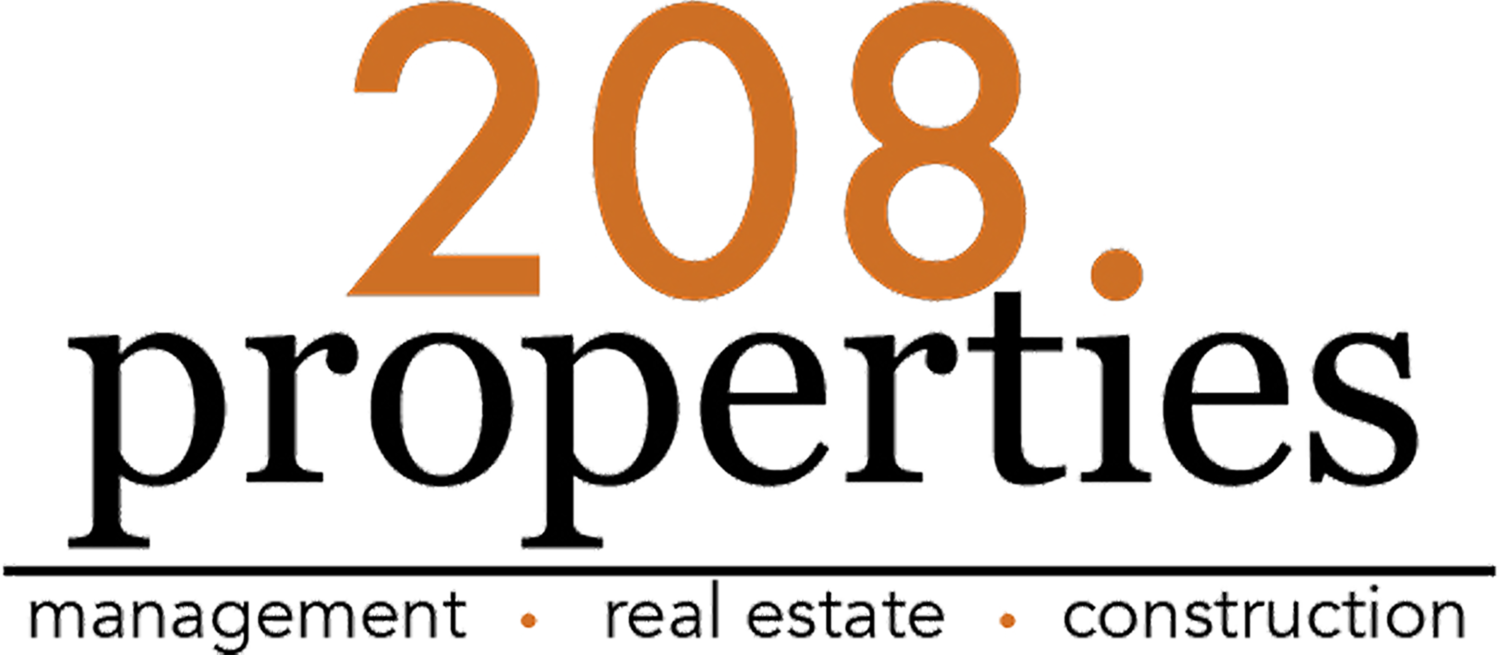Rental properties continue to be one of the most reliable paths to long-term wealth. They offer steady income, potential tax benefits, and an asset that often appreciates over time—even in uncertain markets. But to get started, you’ll need the right financing plan.
Whether you’re a first-time investor or expanding your portfolio, here’s your updated 2025 guide to financing your next rental property.
Step 1: Strengthen Your Credit and Down Payment
Before approaching lenders, check two essentials: your credit score and available capital. The stronger both are, the better your loan terms will be.
Credit Score: Aim for 680 or higher for conventional investment loans. While some lenders accept lower scores, expect higher interest rates and stricter terms.
Down Payment: Most lenders now require at least 20% down for investment properties, and some may require 25% to avoid private mortgage insurance (PMI).
Pro tip: If you’re already a homeowner, lenders may allow you to use rental income from current properties to qualify for additional financing.
Step 2: Know Your Loan Options in 2025
Financing for investment properties has evolved. Here’s what’s available today:
Conventional Loans
Still the most common route. These are offered by banks, credit unions, and mortgage brokers. Be prepared for strict underwriting standards and income verification.
DSCR Loans (Debt Service Coverage Ratio)
Perfect for investors focused on cash flow. These loans qualify based on the property’s income—not your personal income. In 2025, DSCR loans are rising in popularity for experienced investors and portfolio buyers.
Private & Hard Money Loans
Need a fast close or don’t meet traditional lending criteria? These non-bank lenders focus more on asset value than your credit. Ideal for fix-and-flip or short-term holds—but watch for higher interest rates (8%–12%) and shorter loan terms.
Seller Financing
In a slower market or with distressed sellers, you may be able to strike a deal directly. Seller financing lets you bypass banks altogether. It’s all about negotiation—get everything in writing and involve an attorney.
Online Mortgage Platforms
Digital lenders like Rocket Mortgage, Better, and others offer convenience and transparency. With AI underwriting and online document uploads, you can shop rates and compare options from your laptop. Just ensure the lender supports investment properties—some are owner-occupant only.
Step 3: Tap Existing Equity with a HELOC or Cash-Out Refi
Already own property? Use it to unlock capital.
HELOC (Home Equity Line of Credit): Borrow against equity in your primary home or another rental. You’ll only pay interest on what you draw. Great for down payments or light renovations.
Cash-Out Refinance: Replace your current mortgage with a larger one and pocket the difference. Rates in 2025 are stabilizing around 6.5%–7% for investment properties, so weigh this against your current rate.
Bonus Tip: Don’t Overlook Loan Points & Fees
Compare not just interest rates—but also fees. In 2025, origination fees and “points” (prepaid interest) can impact your true cost of borrowing. Ask for a Loan Estimate (LE) from every lender.
Borrow Smart, Invest Smarter
Financing a rental property in today’s market is more accessible than ever—with the right strategy. Take time to compare lenders, prep your financials, and choose an option that aligns with your long-term goals.
Need expert help navigating your next purchase or want to learn how property management can maximize your return? Contact 208.properties and get guidance from real estate professionals who live and invest in Idaho.










